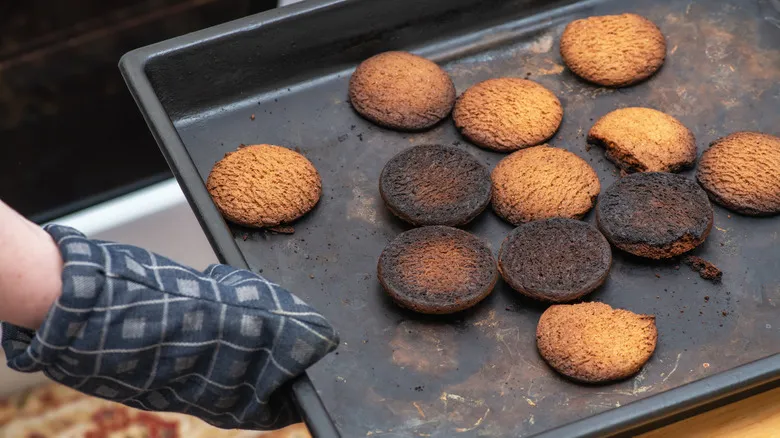Dark baking sheets heat up more than lighter ones
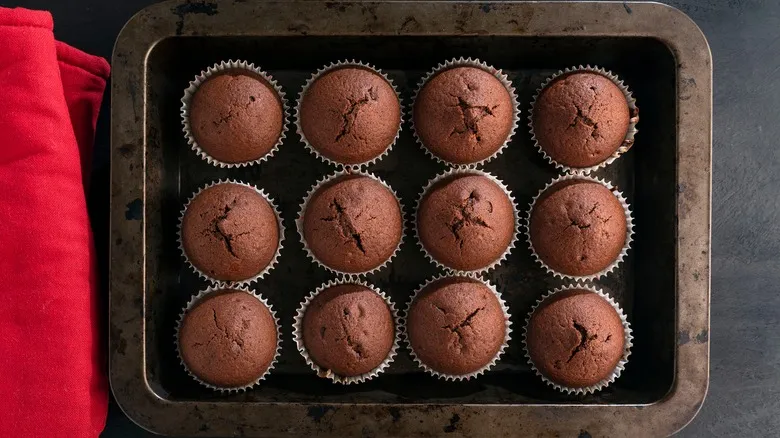
Dark surfaces naturally absorb heat energy more effectively than any other color, with black objects capable of absorbing light across all wavelengths and converting it into heat. In contrast, white surfaces reflect light. This is why wearing a black shirt on a sunny day makes you feel significantly warmer than wearing a pastel-colored shirt.
In baking, a dark baking sheet absorbs more heat from the oven, causing its surface to heat up much more quickly than a lighter-colored sheet. This is why many people find that their baked goods tend to brown excessively on the bottom when using dark pans, even when they meticulously follow the recipe. If your baking sheet is new, it may still have a shiny finish, which can help reflect some heat and reduce excessive heat retention to a degree. However, this won't completely eliminate the tendency of dark-colored pans to overheat your baked goods, so you'll need to find ways to adapt your baking techniques.
How to work around a dark baking pan
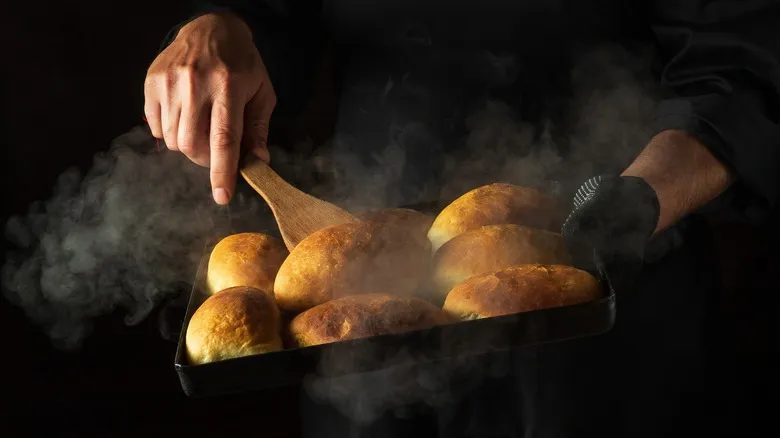
A simple and likely the most practical approach to using a dark-colored baking sheet is to reduce the oven temperature by 25 degrees Fahrenheit. This adjustment helps counteract the increased heat absorption, allowing both the pan and your baked goods to heat more evenly.
You may also need to decrease the cooking time by a few minutes compared to the recipe's guidelines. Keep in mind that the dark pan will cause the dough to brown more quickly. While there isn't a strict rule for how much time to reduce, a good guideline is to check on your pastries about three-quarters of the way through the recommended baking time. Based on their progress, you can make adjustments by baking in short intervals of 5 to 10 minutes until they reach the desired level of browning.
Another helpful tip is to line your dark pan with aluminum foil. The reflective surface of the foil helps to deflect some heat, creating a milder baking environment. While it requires a bit more effort, if you appreciate the appearance of your dark pan (or already have one), this extra step is less troublesome than dealing with overbaked treats.
Recommended
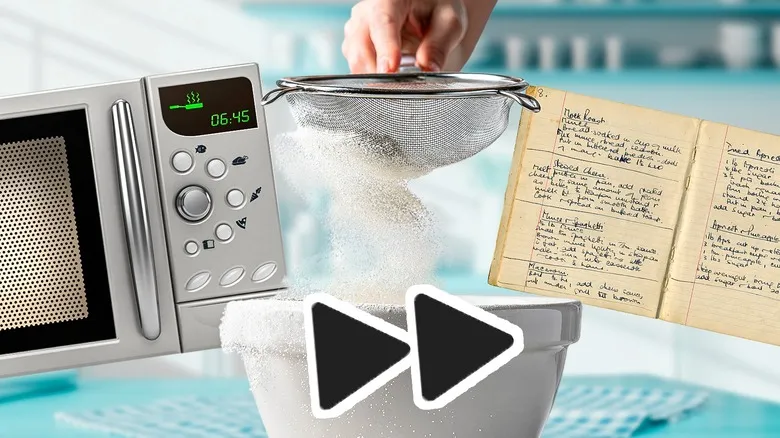
Risky Baking Shortcuts That Are Not Worth Your Time
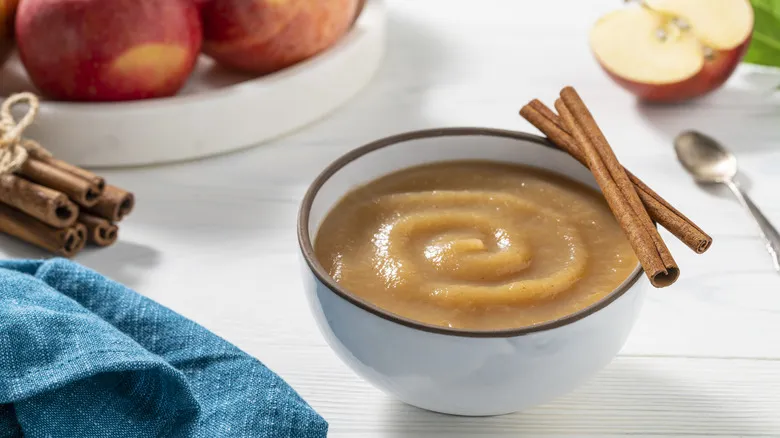
What Makes Applesauce A Great Oil Substitute In Baking
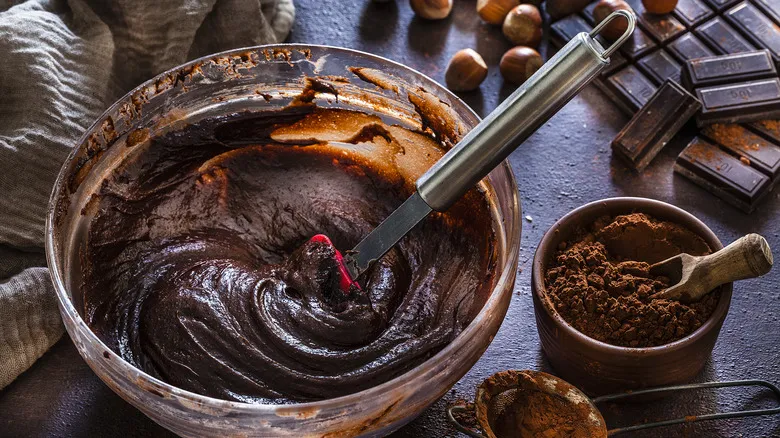
Your Boxed Mix Cake Will Taste Like Heaven With One Simple Swap
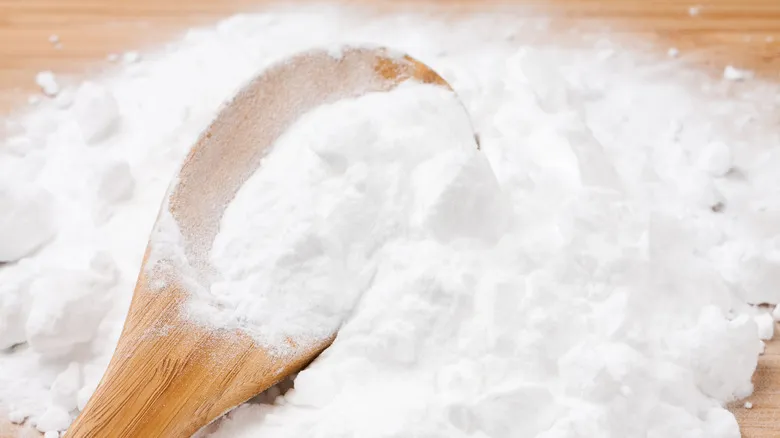
The Easiest Way To Test Baking Soda And Powder Freshness
Next up

